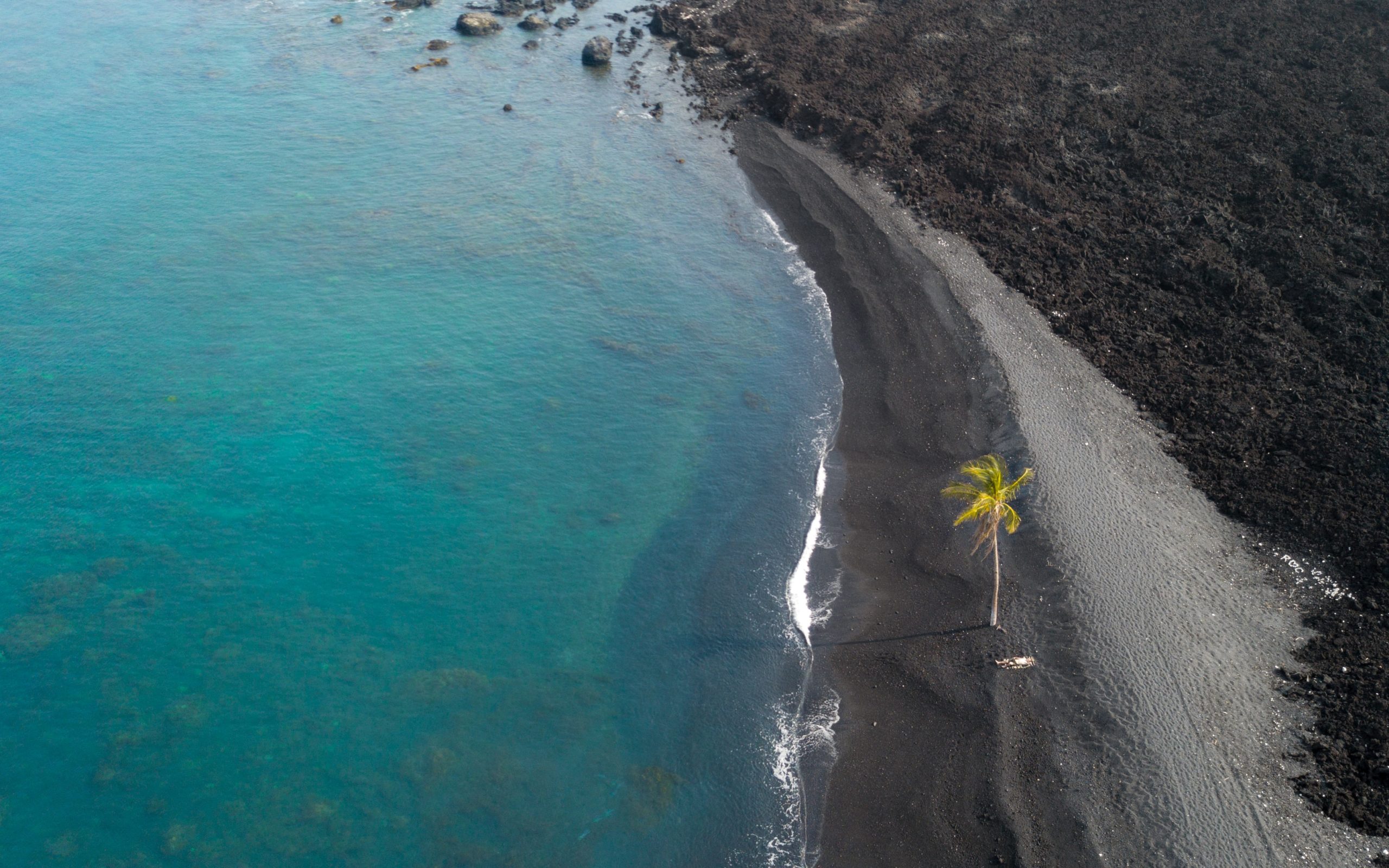Table of Contents
ToggleIntroduction
Sea level rise is a major threat to coastal communities around the world, and the Southern US is no exception. Rising sea levels are caused by a combination of factors, including melting glaciers and ice sheets, warming oceans, and the thermal expansion of seawater. In this article, we’ll explore the causes and impacts of sea level rise in the Southern US, as well as potential solutions.
Causes of Sea Level Rise
Sea level rise is caused by a combination of natural and human factors. The primary natural factor is the melting of glaciers and ice sheets, which is accelerated by warmer temperatures caused by climate change. The human factor is the burning of fossil fuels, which releases greenhouse gases that trap heat in the atmosphere and warm the oceans.
Impacts of Sea Level Rise
The impacts of sea level rise in the Southern US are numerous and significant. Coastal flooding, erosion, and saltwater intrusion into freshwater supplies are just a few of the consequences. Rising sea levels also increase the risk of extreme weather events like hurricanes and storm surges.
Solutions to Sea Level Rise
To mitigate the impacts of sea level rise, we need to take action to reduce greenhouse gas emissions and slow the rate of warming. We can also adapt to the changes that are already underway by building sea walls and other protective infrastructure, restoring wetlands and other natural buffers, and relocating vulnerable communities.
Regional Impacts of Sea Level Rise
The Southern US is particularly vulnerable to sea level rise due to its low-lying geography and high population density. Coastal cities like Miami, New Orleans, and Charleston are already experiencing the impacts of rising seas, and the situation is only expected to worsen in the coming decades.
Impacts on Biodiversity
Sea level rise also has serious implications for biodiversity, as coastal habitats like wetlands and marshes are threatened by flooding and erosion. These habitats provide important nesting grounds for birds and other wildlife, as well as serving as nurseries for fish and shellfish.
Conclusion
Sea level rise is a complex and pressing issue that requires immediate action. We must reduce greenhouse gas emissions and adapt to the changes that are already underway. By working together, we can protect our coastal communities, biodiversity, and way of life for future generations.







